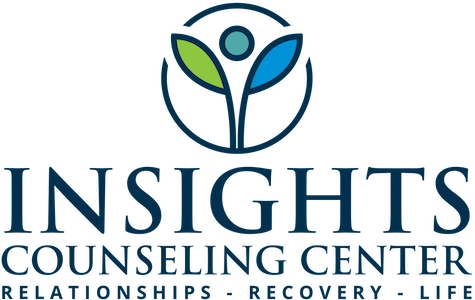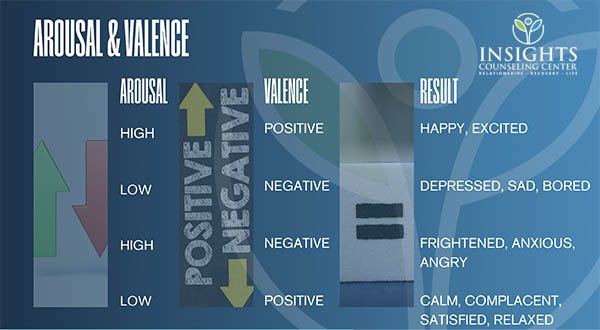Understanding the Dance of Emotions: Arousal and Valence in Betrayal Trauma
Navigating the emotional aftermath of betrayal can often feel like trying to find your footing in a shifting landscape. Understanding the nuances of our emotional experiences can be an invaluable compass during this journey. The concepts of arousal and valence, though perhaps unfamiliar, offer a way to map out our emotional terrain with greater clarity. Arousal describes the level of alertness or energy we feel, ranging from low (calm, lethargic) to high (agitated, energetic). Valence refers to the emotional value we assign our experiences, from negative (unpleasant feelings) to positive (pleasant feelings). By examining our emotions through these lenses, we gain insights into our responses to betrayal and pathways toward healing.
High Arousal and Negative Valence: Navigating the Storm
In the wake of betrayal, you may find yourself in a state of high arousal paired with negative valence. This combination is often marked by intense and uncomfortable emotions such as anger, anxiety, or fear. It’s as if your emotional and physiological alarms are sounding loudly, signaling danger. This state is not only distressing but can also be exhausting, leaving you feeling overwhelmed.
Finding Calm Amidst the Storm
In such moments, grounding techniques can be a beacon of light. Techniques that engage your senses and anchor you to the present moment can help lower your arousal, bringing a sense of calm. Seeking the support of a therapist can also provide a safe harbor as you navigate these tumultuous emotions, helping you to process and eventually reduce the intensity of your emotional storm.
____________
Low Arousal and Negative Valence: Emerging from the Fog
On the opposite end, some may experience low arousal paired with negative valence—a combination resembling a dense, emotional fog. This can manifest as feelings of sadness, hopelessness, or numbness, where everything feels effortful and heavy. It’s as though the world is moving in slow motion, yet you feel stuck, unable to keep pace.
Lighting the Path Forward
Engaging in activities that gently increase your energy can help dissipate the fog. This could be as simple as taking a walk, practicing gentle yoga, or engaging in a creative activity. It's important during these times to extend kindness to yourself, recognizing that healing takes time. Connecting with a therapist can illuminate your path through the fog, offering gentle guidance and support as you find your way back to yourself.
____________
High Arousal and Positive Valence: Harnessing Energy for Healing
Interestingly, high arousal can also pair with positive valence, particularly as you start to reclaim power over your healing journey. This might manifest as a renewed sense of energy or motivation, perhaps a desire to engage in new activities or to advocate for oneself and others. There's a dynamic quality to this emotional state; it's vibrant and active, imbued with a sense of purpose.
Channeling Your Energy
This energy can be a powerful force for healing. Redirecting it towards positive actions—be it through art, advocacy, or self-care—can not only fortify your own recovery but can also light the way for others. Remember, this renewed energy is a testament to your resilience, a sign that even in the depths of betrayal, a wellspring of hope and strength resides within you.
____________
Low Arousal and Positive Valence: Finding Peace
Finally, there is the state of low arousal paired with positive valence—a serene landscape, where calm and contentment reside. Here, you may find moments of joy, gratitude, and peace in the midst of healing. It's a gentle reminder that not all is lost, that amidst the change and chaos, there are still harbors of tranquility and happiness to be found.
Cultivating Moments of Joy
Embracing and cultivating these moments of peace is vital. Gratitude practices, mindfulness, and spending time in nature can nurture this state of being, gently reinforcing the foundation of your healing journey.
____________
In Closing
Understanding our emotional responses to betrayal through the frameworks of arousal and valence offers a blueprint for navigating the complicated, often painful process of healing. It validates the wide range of emotions we may encounter and provides a direction toward healing and recovery. As you journey through these landscapes, remember, you do not walk alone. Support is available, ready to offer guidance, understanding, and compassion. Together, we can navigate the path from pain towards healing, resilience, and hope.

